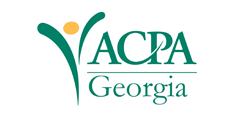Abstract
The purpose of this study was to better understand how LGBT+ college students find a safe space on college and university campuses when there is not one already provided for them. Strange and Banning’s (2015) four environments served as the theoretical framework. Data were collected through individual interviews with six college students who identify within the LGBT+ community and attend a mid-sized institution in South Georgia which does not have an established safe space. Students indicated locations like the library, front lawn, and individuals such as faculty, staff, and student organizations offered safe spaces. The results can better inform student affairs educators or any professional who works with LGBT+ populations on how to better support these students while they are under their guise. It also supports the trend of colleges and universities establishing safe spaces for their LGBT+ students.
First Page
37
Last Page
58
Copyright Statement / License for Reuse

This work is licensed under a Creative Commons Attribution-Noncommercial-No Derivative Works 4.0 License.
Recommended Citation
Campen, R., Workman, J. L., & Archibald, J. G. (2022). In search of safety: A case study of LGBT+ college students’ perception of safe spaces at a rural university. Journal of Higher Education & Student Affairs, 38(1), 37-58. https://doi.org/10.20429/gcpa.2022.380103
Supplemental Reference List with DOIs
Included in
Higher Education Administration Commons, Student Counseling and Personnel Services Commons

